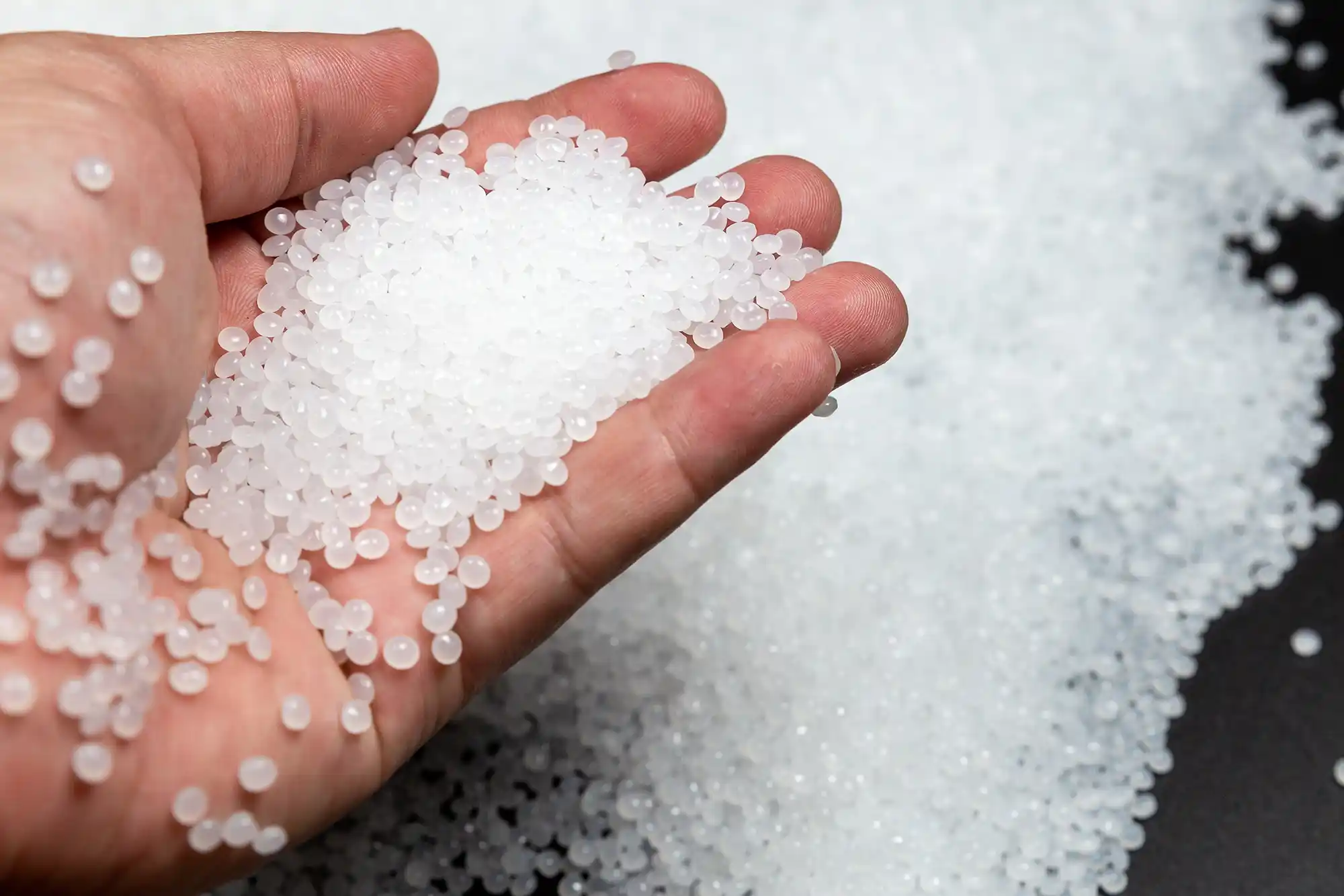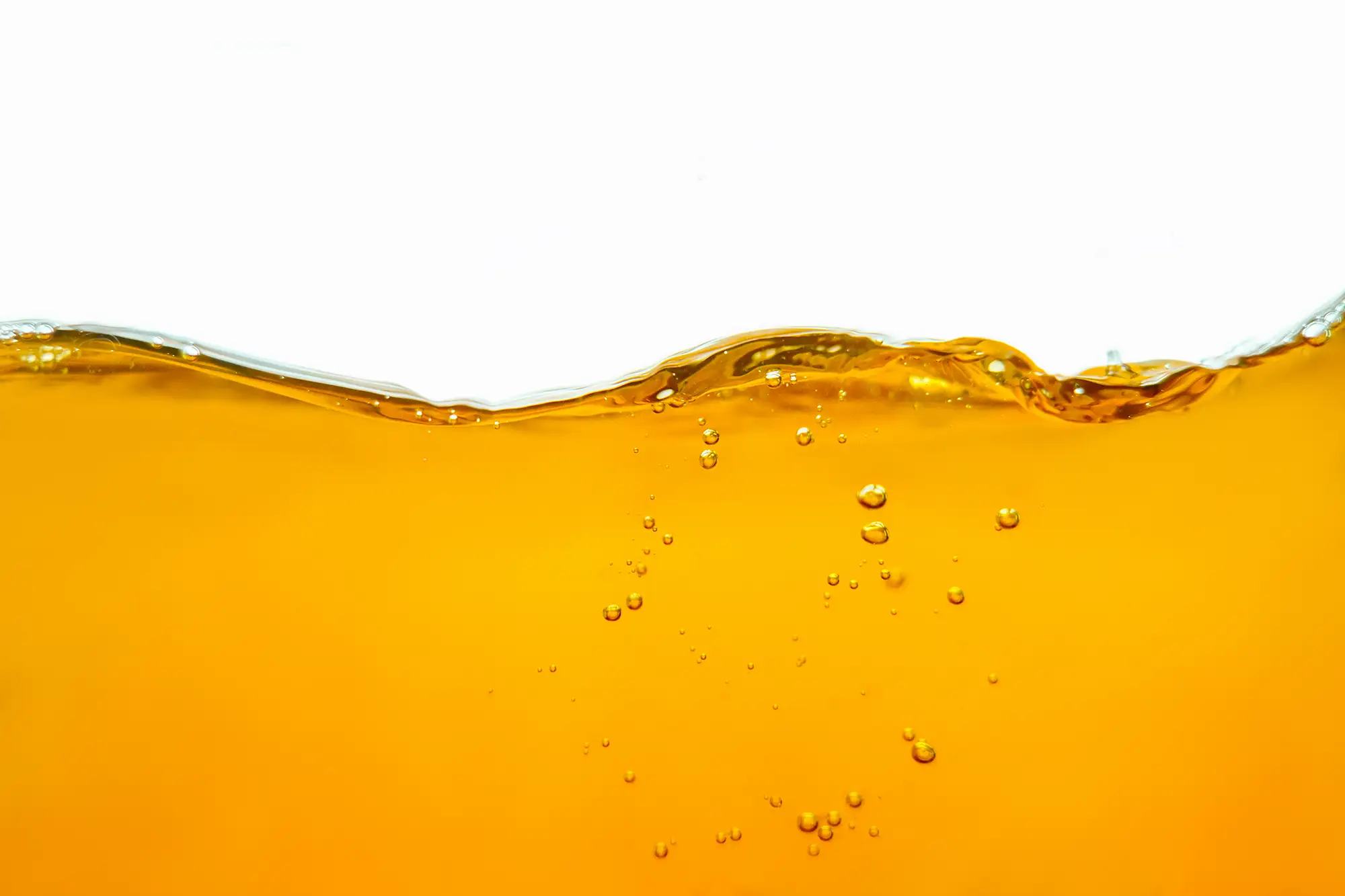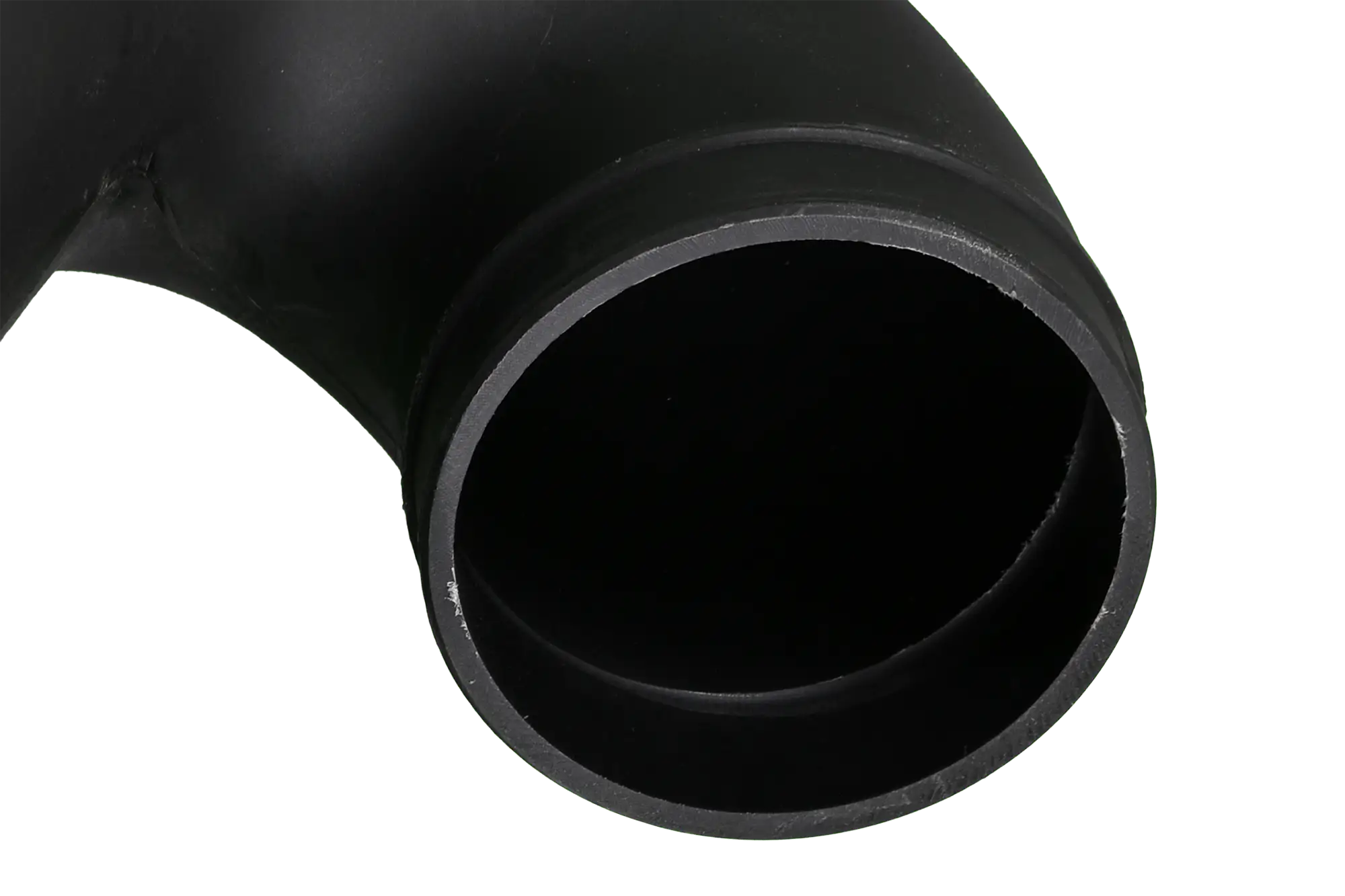Benefits of polypropylene rotational moulding
Polypropylene (PP) is a commonly used material in rotational moulding, due to its excellent mechanical and chemical properties. It is a thermoplastic polymer that can be easily moulded, making it ideal for producing a wide variety of shapes and sizes.
One of the key characteristics of moulded polypropylene is its high melting point, which is higher than that of polyethylene (PE). Polypropylene has a higher stiffness compared to PE, which translates into the ability to create more precise and robust products. Its low permeability makes it an excellent choice for creating parts with complex shapes, while providing durability and resistance to external conditions. In addition, PP mould is lightweight, making it easy to transport and handle.
The choice between polyethylene and polypropylene for rotational moulding depends on the specific requirements of the product. Knowing these differences allows the production process to be optimised and products with the best possible properties to be obtained.


High service temperature of moulded polypropylene
Comparing polypropylene for rotational moulding (PP) and polyethylene (PE), one of the main advantages of PP is its greater stiffness. This makes the material more suitable for manufacturing products that need to maintain a certain shape under load, while keeping the weight low. Moulded polypropylene has a higher melting point of around 150°C, compared to 125°C for PE. This makes PP preferable for applications where high temperature resistance is needed, such as products exposed to hot liquids or extreme heat conditions. It is worth noting that at temperatures below 0°C, PE shows better impact resistance than PP mould.
Similarly to PE, PP also has good chemical resistance and an excellent ESCR (Environmental Stress Cracking Resistance), meaning that it is resistant to many acids, bases and solvents. Thanks to these properties, PP mould is used in a wide variety of industries. Other advantages of PP include its higher hardness and better abrasion and scratch resistance compared to polyethylene. These qualities make polypropylene an attractive rotational moulding option for many projects that require a durable and resistant material.
The product range of polypropylene rotational moulding
Rotational moulding is a plastic manufacturing technology that has found wide application for the production of polypropylene (PP) plastic parts. Polypropylene is used in rotomoulding because of its high stiffness, chemical resistance, lightweight, and high service temperature.
The range of products made from polypropylene in rotational moulding is very wide. This includes large tanks, components with complex geometries, and small components from industrial tanks to underground drainage systems or machine parts. Thanks to its properties such as heat and chemical resistance, moulded polypropylene is an ideal material for creating robust products that can be used in a wide range of industries, including chemicals, agriculture, as well as recreational equipment and urban infrastructure components.
Do you have an idea for a polypropylene product? Share it with us to discover how your product can benefit from the potential of rotomoulding.

your idea
to life. Start now!


